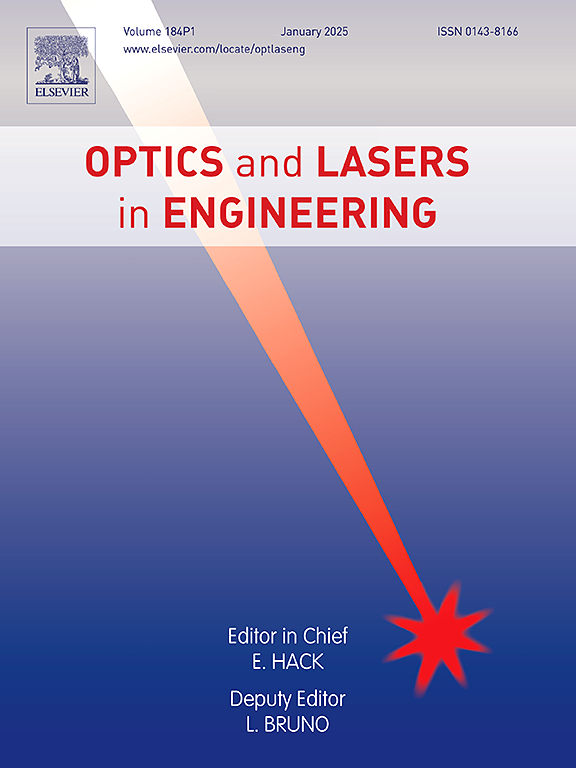IF 3.5
2区 工程技术
Q2 OPTICS
引用次数: 0
摘要
无监督红外图像着色旨在将未配对的单通道红外图像转换成符合人类视觉感知的多通道彩色图像。现有方法使用片断对比学习来探索语义对应关系,但忽略了隐含的拓扑感知语义关系,导致纹理失真和细节模糊。在这项工作中,我们提出了一种拓扑感知语义红外图像着色方法,其中包括拓扑感知语义约束模块(TSCM)和判别器引导的注意力采样策略(DASS)。虽然红外图像和彩色图像在光谱上有所不同,但它们传达的是相同的场景结构。TSCM 共享红外图像和彩色图像特定斑块之间的邻接矩阵,利用图神经网络捕捉不同领域图中的节点特征表征。通过对比损失最大化互信息,TSCM 可确保拓扑结构的语义一致性,并保留结构信息。DASS 在训练过程中选择信息量最大的补丁,引导生成器保持内容一致性和拓扑语义一致性。最后,基于 KAIST、FLIR 和 M3FD 数据集的实验证明,我们的方法在着色方面优于最先进的方法。本文章由计算机程序翻译,如有差异,请以英文原文为准。
CTSC: Infrared image colorization with topology-aware semantic consistency
Unsupervised infrared image colorization aims to convert unpaired single-channel infrared images into multi-channel color images that align with human visual perception. While existing methods use patch-wise contrastive learning to explore semantic correspondences, they overlook implicit topology-aware semantic relationships, resulting in texture distortion and detail blurring. In this work, we propose a topology-aware semantic infrared image colorization method, which includes a Topology-aware Semantic Constraint Module (TSCM) and a Discriminator-guided Attention Sampling Strategy (DASS). Although infrared and color images differ spectrally, they convey the same scene structure. TSCM shares adjacency matrices between specific patches of infrared and color images, utilizing graph neural networks to capture node feature representations across different domain graphs. By maximizing mutual information through contrastive loss, TSCM ensures semantic consistency in topology and preserves structural information. DASS selects the most informative patches during training, guiding the generator to maintain both content consistency and topological semantic consistency. Finally, experiments based on the KAIST, FLIR, and M3FD datasets demonstrate that our method outperforms state-of-the-art approaches in colorization.
求助全文
通过发布文献求助,成功后即可免费获取论文全文。
去求助
来源期刊

Optics and Lasers in Engineering
工程技术-光学
CiteScore
8.90
自引率
8.70%
发文量
384
审稿时长
42 days
期刊介绍:
Optics and Lasers in Engineering aims at providing an international forum for the interchange of information on the development of optical techniques and laser technology in engineering. Emphasis is placed on contributions targeted at the practical use of methods and devices, the development and enhancement of solutions and new theoretical concepts for experimental methods.
Optics and Lasers in Engineering reflects the main areas in which optical methods are being used and developed for an engineering environment. Manuscripts should offer clear evidence of novelty and significance. Papers focusing on parameter optimization or computational issues are not suitable. Similarly, papers focussed on an application rather than the optical method fall outside the journal''s scope. The scope of the journal is defined to include the following:
-Optical Metrology-
Optical Methods for 3D visualization and virtual engineering-
Optical Techniques for Microsystems-
Imaging, Microscopy and Adaptive Optics-
Computational Imaging-
Laser methods in manufacturing-
Integrated optical and photonic sensors-
Optics and Photonics in Life Science-
Hyperspectral and spectroscopic methods-
Infrared and Terahertz techniques
 求助内容:
求助内容: 应助结果提醒方式:
应助结果提醒方式:


